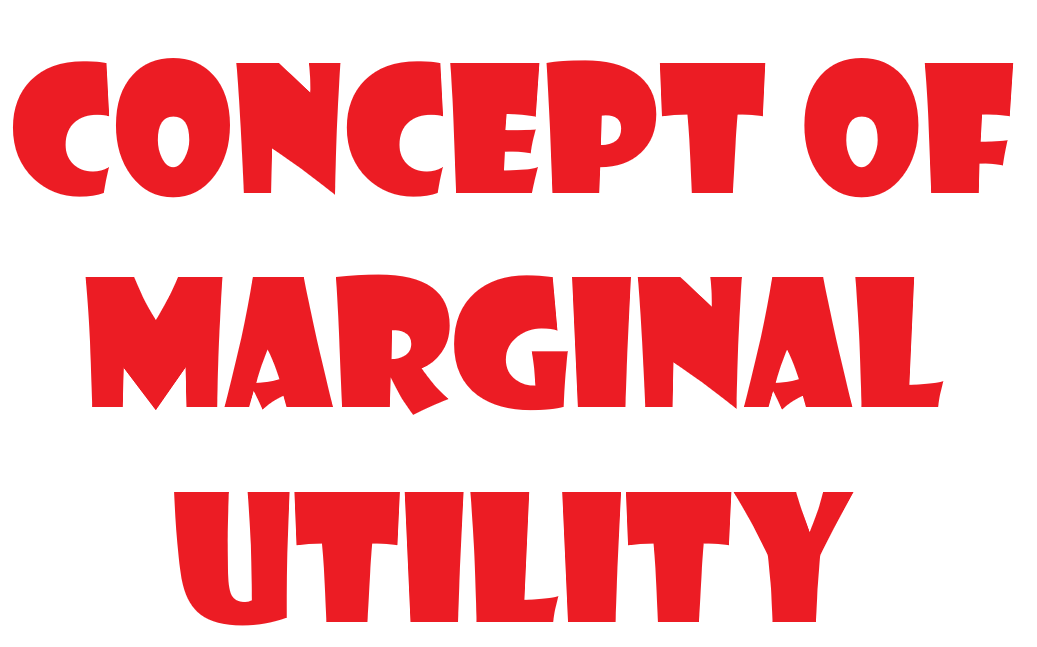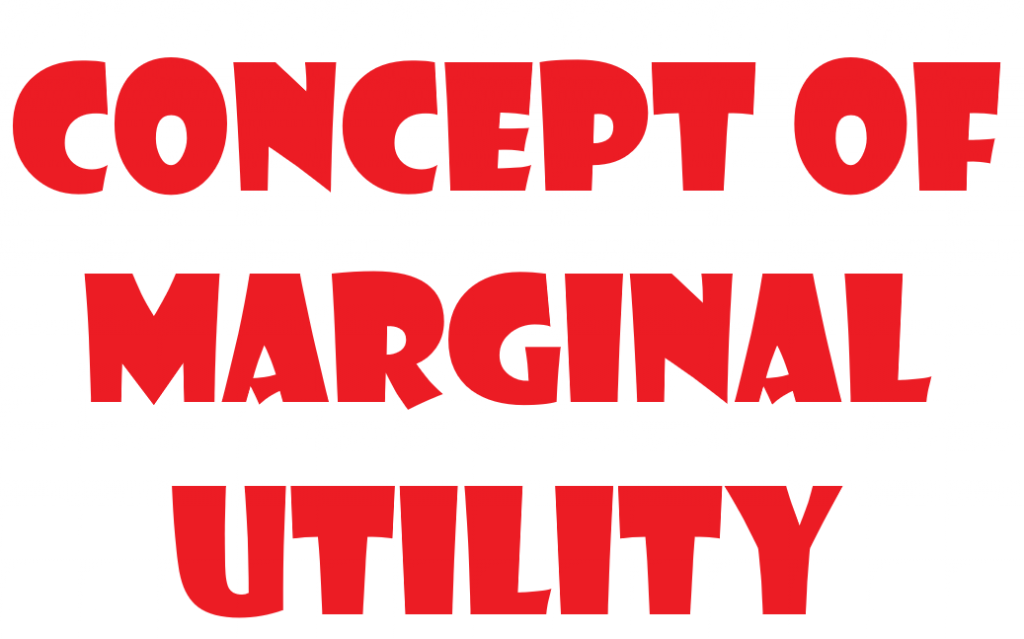

Compute the marginal utility.
1. Compute the marginal utility for cookie and slice of pie.
Marginal Utility = Change in Units Consumed / Change in Utility
Marginal Utility for Cookie calculation:
1) For 1 cookie, total utility and marginal utility = 18.
2) For 2 cookies, marginal utility = (34 – 18) / (2 – 1) = 16
3) For 3 cookies, marginal utility = (49 – 34) / (3 – 2) = 15
4) For 4 cookies, marginal utility = (61 – 49) / (4 – 3) = 12
4) For 5 cookies, marginal utility = (71 – 61) / (5 – 4) = 10
6) For 6 cookies, marginal utility = (79 – 71) / (6 – 5) = 8
7) For 7 cookies, marginal utility = (84 – 79) / (7 – 6) = 5
8) For 8 cookies, marginal utility = (87 – 84) / (8 – 7) = 3
Marginal Utility for a Slice of Pie calculation:
1) For 1 Slice of Pie, total utility and marginal utility = 16
2) For 2 Slices of Pie, marginal utility = (30 – 16) / (2 – 1) = 14
3) For 3 Slices of Pie, marginal utility = (42 – 30) / (3 – 2) = 12
4) For 4 Slices of Pie, marginal utility = (51 – 42) / (4 – 3) = 9
5) For 5 Slices of Pie, marginal utility = (60 – 51) / (5 – 4) = 9
6) For 6 Slices of Pie, marginal utility = (68 – 60) / (6 – 5) = 8
7) For 7 Slices of Pie, marginal utility = (74 – 68) / (7 – 6) = 6
8) For 8 Slices of Pie, marginal utility = (76 – 74) / (8 – 7) = 2
2. Compute the marginal utility per dollar.
Marginal utility per dollar = marginal utility / price.
The cost of a cookie is $5 and the cost of a slice of pie is $8. Therefore,
Cookies marginal utility per dollar:
1) For 1 cookie it is 18 / 5 ≈ 4
2) For 2 cookies it is 16 / 5 ≈ 3
3) For 3 cookies it is 15 / 5 = 3
4) For 4 cookies it is 12 / 5 ≈ 2
5) For 5 cookies it is 10 / 5 = 2
6) For 6 cookies it is 8 / 5 ≈ 2
7) For 7 cookies it is 5 / 5 = 1
8) For 1 cookie it is 3 / 5 ≈ 1
Slice of pie’s marginal utility per dollar:
1) For 1 slice of pie it is 16 / 8 = 2
2) For 2 slices of pie it is 14 / 8 ≈ 2
3) For 3 slices of pie it is 12 / 8 ≈ 2
4) For 4 slices of pie it is 9 / 8 ≈ 1
5) For 5 slices of pie it is 9 / 8 ≈ 1
6) For 6 slices of pie it is 8 / 8 = 1
7) For 7 slices of pie it is 6 / 8 ≈ 1
8) For 8 slices of pie it is 2 / 8 ≈ 0
3. What is the utility maximizing choice for a cookie and slice of pie?
Utility maximizing is when we make economic decisions to get the top level of benefit. As soon as the first cookie’s marginal utility per dollar is almost twice higher than the one of a slice of pie, the utility-maximizing choice here is to buy a cookie.
4. Explain what the utility maximizing choice means.
To find out the maximizing utility, we need to use the following quotation: Marginal Utility of Product A / Price of A = Marginal Utility of Product B / Price of B. In our case, it is (10/5) = (16/8), which means that to reach maximum satisfaction, Catherine can buy 5 cookies or only 1 slice of pie.
5. Discuss how you could use marginal utility to make consumer choices.
In fact, marginal utility is a powerful tool to make financial choices not blindly but based on real factors. I can use it to compare my level of satisfaction to the price, which can be very helpful to deal with budget constraints (especially when I want to use not only one good or service but mix them in some proportions and use a bit of this, a bit of that, and a bit of another). Knowing the marginal utility can help me make the best choice with the highest value and level of satisfaction.
References
Greenlaw, S. A. & Shapiro, D. (2018). Principles of microeconomics, 2e. OpenStax Rice University. Retrieved from https://d3bxy9euw4e147.cloudfront.net/oscms-prodcms/media/documents/Microeconomics2e-OP.pdf
